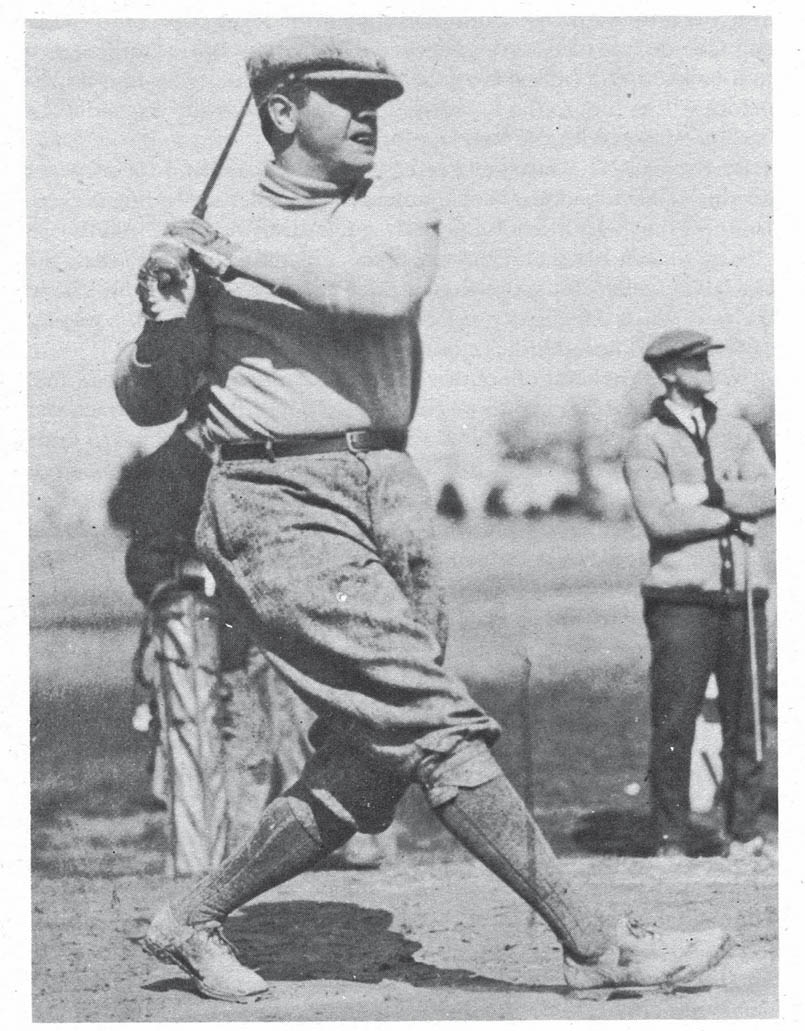12 May 2019 ‘Boys of Spring’: Hot Springs features Historic Baseball Trail

by Dr. Robert Reising
It grabs the eye, a 160-foot full-color mural completed last December. Adorning the south wall of the Craighead Laundry Building in Downtown Hot Springs, “Playing Cards” depicts the baseball playing cards of five diamond immortals of centuries past, each with strong ties to Hot Springs, the birthplace of the Major Leagues’ Spring Training. At the far right of the lighted mural is Lefty Grove’s card, with the portsider firing a baseball past and through the cards of Satchel Paige, Jackie Robinson, Babe Ruth and Honus Wagner, landing in a catcher’s mitt at the far left. Brightening the skies at night, the artistically clever creation is a welcome addition to the 31-site Hot Springs Historic Baseball Trail, one of the state’s most innovative tributes to the “Boys of Spring,” and a significant slice of Americana.
When approaching the Trail, visitors anticipating an academic or serious, sobering trek into baseball history will be surprised. Like the bulk of their less successful baseball-playing colleagues, the talented group on whom they are about to focus were hardly the intellectual or social elite of a burgeoning America. Many had not completed high school; few had earned college degrees or had come from wealth. Nor were they united by race, religion or creed. Instead, baseball stardom, with which Hot Springs assisted, was their common denominator. Many a sage would argue that tomfoolery ran a close second.
When it opened in 2011, the Trail held only 18 plaques. Today’s number proves it to be an evolving enterprise, taking visitors to sites honoring 17 of the 143 Hall of Famers (over 45 percent of those with plaques in the Cooperstown Baseball Hall of Fame) who were once served by the Spa City; along the way, too, are 15 “location stops” identifying buildings and locales key in the baseball conditioning and competition of yesteryear. Nothing costs on the Trail, so a free brochure is available at the Hot Springs Visitor Center in downtown that lists square, digital “codes,” allowing smart phones at sites to link to historic photos and audios featuring one- to three-minute commentaries by Phil Elson, the voice of the Razorbacks. Similarly, cell phones permit visitors to hear entertaining tales from “The Golden Age of Baseball in Hot Springs,” 1909 to 1919, the decade in which the city enjoyed record highs with team and player training, baseball-loving fans, overflowing hotels and rooming houses, and , in the words of one critic, “circus-like happenings.”
Tracing the Spa City’s Spring Training involvement to 1886 and the first team to condition there, the Chicago White Stockings (now the Cubs), the Trail also mirrors the growing importance and popularity of Spring Training to major-league teams and fans of the sport who, in increasing numbers, flocked from the four corners of the Republic to watch their diamond favorites streamline their bodies for pennant-race competition. By the turn of the 20th century, with baseball solidly established as the only significant professional sport in the land, Hot Springs was a mecca for hundreds of players representing a variety of skill levels – promising prospects, journeymen and fringe performers, fading stalwarts, team regulars, and, of course, the best who could play the game at its most challenging level.
Fittingly, the best included the player with a lifestyle perfect for the Spa City. Babe Ruth, the pitcher-turned-slugger, trained there nine times, visited many more and delighted not only in the playing facilities but also in the baths, golf courses and the area’s countless activities, daytime or otherwise. One observer describes “The Babe” as “…a party animal….known for his insatiable appetite and swinging night life…Ruth ran non-stop when visiting the city.”
On the Trail, therefore, most popular are his Site # 11 and Site # 8, Whittington Park, where, before crowds in the thousands, he clubbed some of his most prodigious home runs, including his legendary 573-foot clout on St. Patrick’s Day, March 17, 1918.
Yet, the gifted Wagner’s Site, # 17, attracts almost as many visitors, as does Site # 26, the National Baptist Hotel, the combination hotel, bathhouse and performance hall where African-American greats like Paige and Josh Gibson, “ The Black Babe Ruth,” resided and relaxed when in the Spa City.
The dull and disappointing are not present at any of the sites. All 32 are enlightening or entertaining, most both. Hundreds of visitors have learned every month and thousands of travelers from more than 30 nations have proven for almost a decade.
Undoubtedly, the Hot Springs Historic Baseball Trail is a phenomenon for all of the 501 to respect.
- Celebrating Athletic Excellence: Lonoke County’s Eddie Hamm - September 30, 2024
- Celebrating Athletic Excellence: Conway County’s Bud Mobley - September 8, 2024
- Celebrating Athletic Excellence: Cleburne County’s Keith Cornett - July 31, 2024











